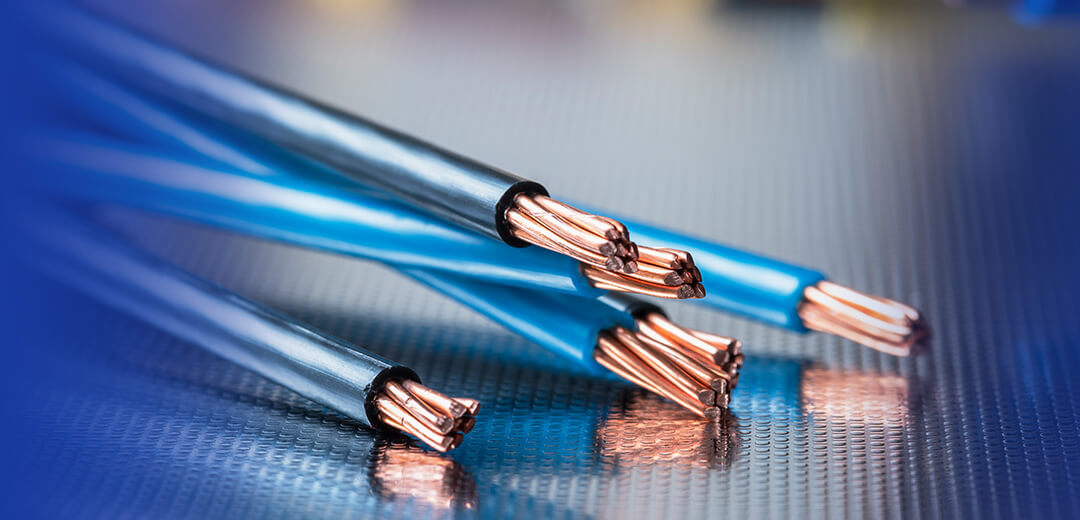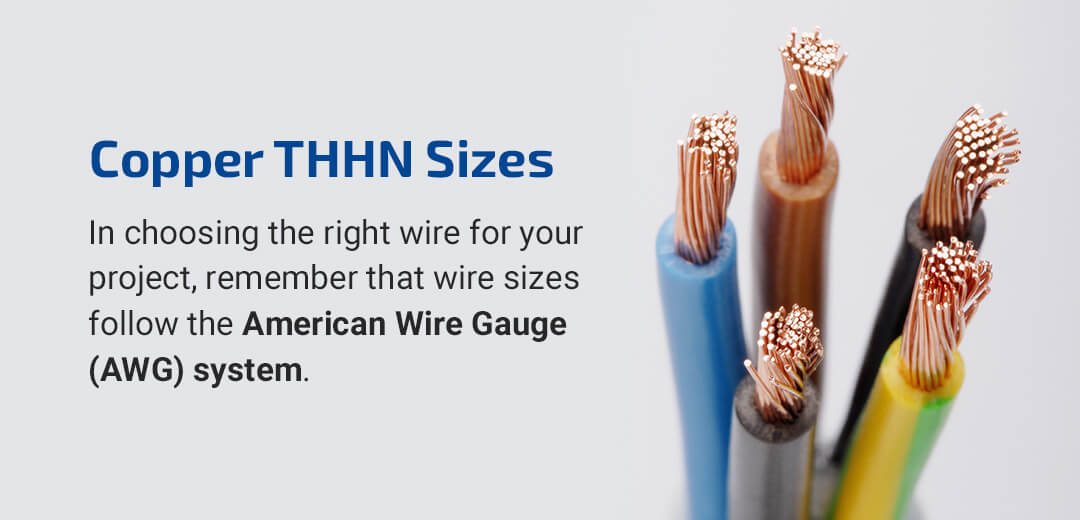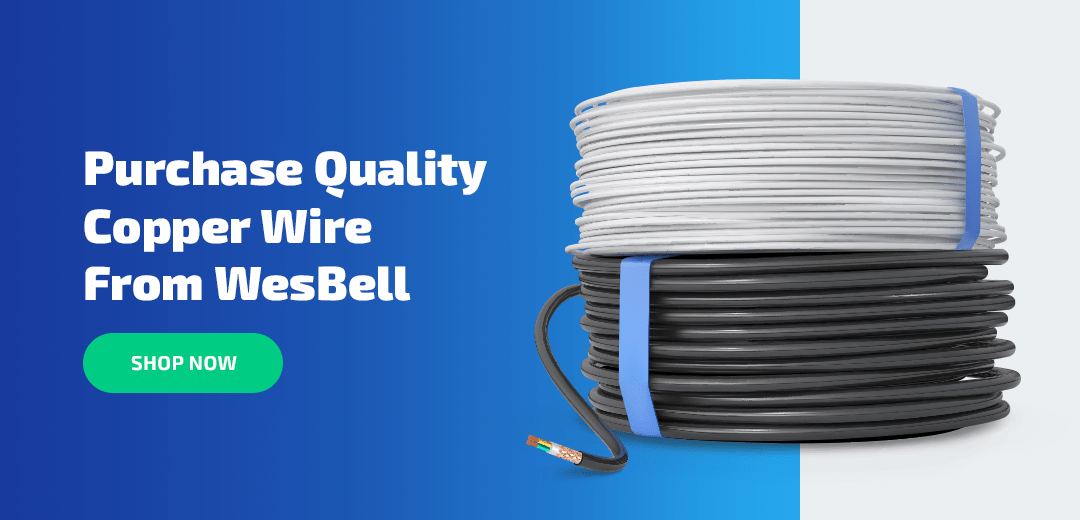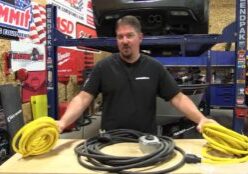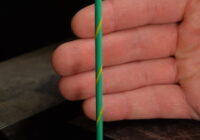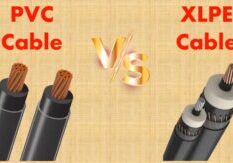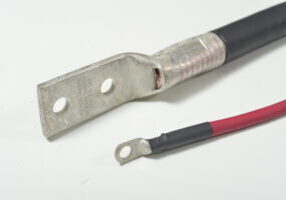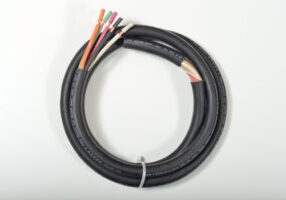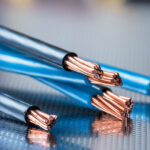
May 14, 2024
Copper THHN Wire Guide
Copper THHN wire is a popular choice for indoor or outdoor projects in both residential and commercial spaces. Its protective coating ensures it stands up to high heat and wet conditions — the exact properties you need in electrical applications.
As there are several types and sizes of copper THHN wire, we’ve compiled a guide to help you choose the best variant for your specifications. Learn more about the ampacity, THHN temperature ratings and capabilities of the various copper THHN wire types.
What Is Copper THHN Wire?
The acronym THHN stands for thermoplastic, high-heat and nylon — in other words, these electrical wires are nylon-coated with thermoplastic high-heat resistance. Copper THHN wire is a common type of single-conductor building wire that electricians use in homes and industrial buildings. It serves a vital function in powering outlets and lights. The wire is first connected to the electrical box, then it travels through the walls to each outlet, providing power to small appliances, electrical equipment and anything else you may need to plug in.
Although THHN wire is similar to TFFN and Romex® wires, there are distinct differences. Here’s a breakdown of the different characteristics so you can select the best electrical wire for your application:
- Romex®: Many indoor applications work well with Romex® wire, making it a good choice for household and small business projects. Its unique jacket makes it easy to pull the cable through a conduit.
- TFFN: While TFFN and THHN wires are common thermoplastic nylon options, TFFN wire is a better choice for fixtures. TFFN comes in much smaller sizes, making it ideal for intricate wiring applications.
- THHN: With a wide range of gauge options, THHN is an effective choice for higher-power projects. The protective coating also ensures it conducts electricity safely despite counteractive weather conditions.
Copper THHN Sizes
From switches and outlets to lighting fixtures, copper THHN wire is a versatile option for many projects. In choosing the right wire for your project, remember that wire sizes follow the American Wire Gauge (AWG) system. Here’s an overview of the different sizes to help you select the best one for your needs.
THHN 10, 12 and 14 AWG
Electricians consider these sizes circuit-size electrical wiring. They’re most common inside Romex® cables. Romex® bundles three wires together and wraps them in a PVC jacket so electricians can run all three wires at once instead of one at a time. At WesBell Electronics, we carry THHN 10 AWG, THHN 12 AWG and THHN 14 AWG in small-quantity spools of 100, 500 and 1000 feet.
THHN 8, 6, 4 and 2 AWG
If your application requires more power, you’ll need a wider THHN wire. The larger sizes are hooked up to things like a stove, dryer or hot tub. These also come in a Romex® cable, which you may know as Romex® 6/3 cable. That means all of the wires inside are 6 AWG and there are three conductors. You’ll often find an additional bare copper ground wire included inside the PVC jacket.
Beyond the circuit sizes, we sell THHN 8 AWG, THHN 6 AWG, THHN 4 AWG and THHN 2 AWG by the foot.
THHN 1/0 and Larger
We label any larger types of copper THHN wire as 1/0, 2/0, 250 thousands of circular mils (MCM) and so on. Large electrical cables like these bring power to an electrical box from the street.
As an example of how these wires work together, a 4/0 copper wire ampacity brings 1,000 Amps to the electrical box, allowing smaller wires to pull 10 Amps to each outlet, 30 Amps to the stove, 40 Amps to the hot tub and so on. Once your electrical box reaches the maximum, an additional wire will need to connect to the box from the street.
Types of Copper Wire
Copper wire types differ in terms of their insulation and ampacity. Consider the properties of the three most common types:
Solid Conductor THHN
With a solid copper core, this wire type is much heavier than other variants. Electricians commonly use solid THHN cable conductors in outdoor applications, such as running power to lights and outlets in buildings. It is also a popular choice for wiring appliances and machine tools.
Stranded Conductor THHN
This wire consists of multiple strands of copper instead of a single solid core. The copper strands twist together to form a flexible conductor that’s easier to work with and bend around corners. Electricians commonly use stranded conductor THHN in residential projects, especially when they need flexibility. For example, they will need a bendable wire for conduit installations or where the wire must be routed around corners or obstacles. It has an AWG size of 14-4/0.
Some of the most popular stranded copper wires include:
- 2/0 copper wire: Our THHN 2/0 wire meets the National Electrical Code (NEC) requirements for appliance and machine tool wire. It is resistant to gas, moisture, oil, water and heat.
- 3/0 copper wire: This type has characteristics similar to 2/0 copper wire but is slightly smaller. With a rating of 600 volts and 90°C, it is a good choice for both wet and dry locations.
- 4/0 copper wire: With the same ampacity as a 3/0 wire, this thin wire option is ideal for more detailed projects.
Aluminum Conductor THHN
Instead of a copper core, this wire type has an aluminum center. As aluminum is generally less expensive than copper, it offers a cost-effective wiring option for projects. However, aluminum is less conductive than copper, so this type of wire is best for situations that don’t require high conductivity.
How to Choose Copper Wire
When choosing between the different types of copper wire, be sure to take your project specifications into account. Things to consider include:
- Current capacity: As solid wire is thicker, it offers a greater surface area for current transmission.
- Project cost: Solid wire is cheaper than stranded wire, making it a cost-effective option for bigger projects.
- Flexibility: If you need to feed wires around corners and through conduits, stranded wires are a better choice.
Purchase Quality Copper Wire From WesBell
When it comes to electrical projects, you want to ensure it’s done right the first time — using quality copper wire helps you achieve this goal. When choosing a copper THHN wire, consider the temperature range, insulation and ampacity for best results.
WesBell is a family-owned company dedicated to helping professionals exceed project expectations. Our range of quality copper THHN wires helps you conveniently access the right variant for the job. Explore our range online, or get in touch with our expert team for tailored suggestions!

